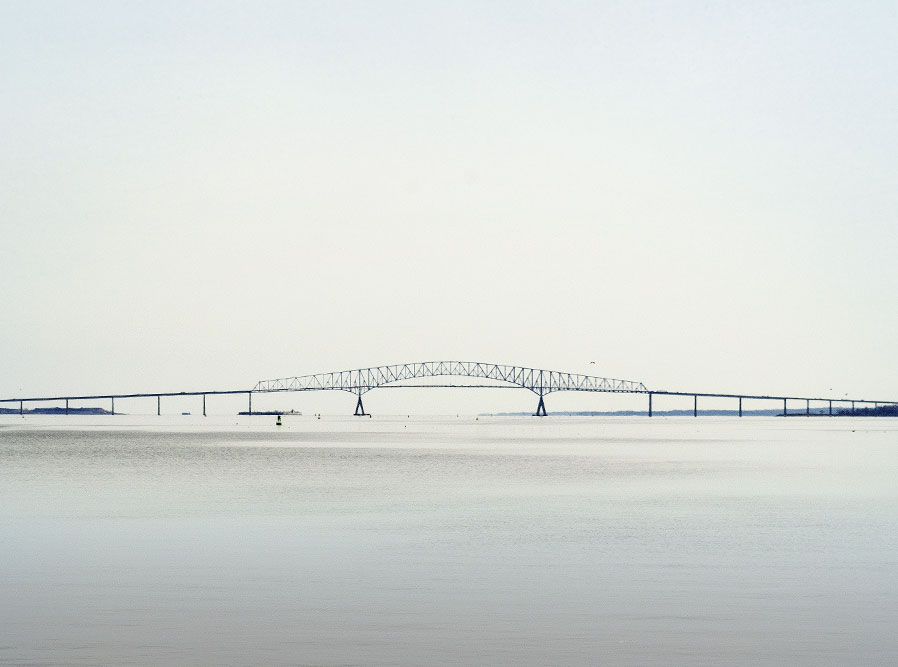 I have been thinking about metaphors to help explain structural editing. As the name suggests, this kind of editing aims to create a strong framework for your ideas. Poised between developmental editing and copyediting, its focus is on arranging the text in a way that is logistically and aesthetically pleasing.
I have been thinking about metaphors to help explain structural editing. As the name suggests, this kind of editing aims to create a strong framework for your ideas. Poised between developmental editing and copyediting, its focus is on arranging the text in a way that is logistically and aesthetically pleasing.
The first image that came to my mind to describe structural editing was the construction of a building. Certainly, there are some similarities between the two. Each begins with a wealth of raw material that must be assembled into an effective composition. Books, like buildings, need to be well made, with a design that reflects their purpose. They require solid foundations and easy navigation, and are at best functional, accessible and inviting. Ideally, both will also look and feel good when you’re in them.
I was enjoying this little analogy when a friend mentioned the idea of a bridge. My imagination engaged in the implications of this image and I found that it too works well as a metaphor for structural editing.
It is true that I don’t have the first clue about how to build bridges. What I can do, however, is structure a document so the ideas within it interlink to form an effective piece of textual architecture. This could, of course, be thought of as a building. But the bit that fits so neatly with the image of a bridge is the way it connects two points on a journey.
Structural editing, as noted above, takes place between developmental editing and copyediting. More significantly, however, it is the process through which a chaotic collection of words transforms into a coherent manuscript.
It also provides the firm footing upon which your readers may traverse your writing from beginning to end. Or, if you like, it is what lets them cross easily from one place to other.
The practice of structural editing occurs when a text is still flexible and may be crafted into interesting new shapes. As with all forms of editing, it starts with attentive reading. There is a technique of seeking, almost sensing, patterns, recurrences and themes. Particular attention is paid to repetition, which may reveal the importance of a certain concept, or could highlight areas to consolidate, condense or cut.
The skill lies in finding the best way, among many alternatives, to guide readers to their destination.
When I edit this way, I often find one particular form or organising principle will emerge most strongly. Even so, I still see other possibilities and encourage myself to come up with more. I present all of these options to my client, who has the final responsibility for deciding what shape the work will take.
Then, I make a plan. I assemble the elements. I begin to build.
What may have started out as a provisional arrangement of materials can, through careful engineering, become a thing of grace. Picture the elegance of a suspension bridge, the sturdiness of a truss bridge, or the simple dignity of an arch bridge hewn from stone or wood.
All of these allow travellers to venture from a place they know to somewhere as yet undiscovered.
Your words, artfully structured, can do the same.
Have you ever had a document structurally edited? What was the experience like? And, just because I’m wondering, do you have a favourite type of bridge?